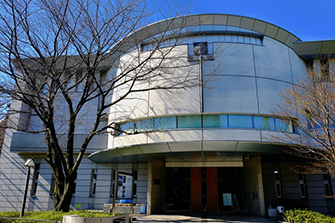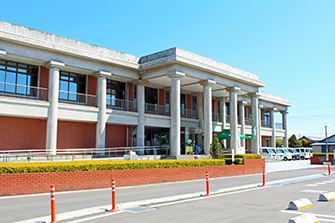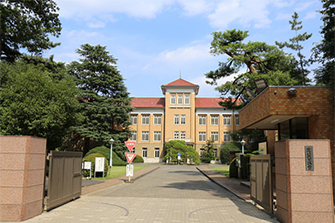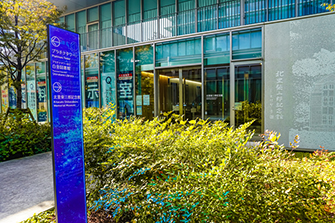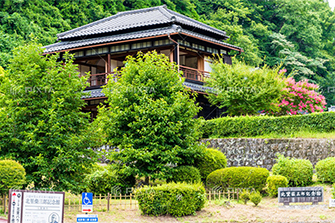Biography
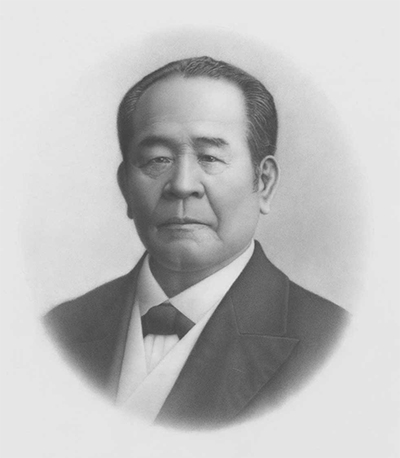
Eiichi Shibusawa(1840~1931)
Eiichi Shibusawa(1840~1931)
Born in Fukaya City, Saitama Prefecture. Japanese entrepreneur. He was recruited from a farmer to a samurai and served under Yoshinobu Hitotsubashi (later Yoshinobu Tokugawa) in the late Edo era. He accompanied Akitake Tokugawa, a younger brother of the 15th Shogun Yoshinobu Tokugawa, to visit various European countries, including the Paris Exposition at the age of 27. After the Meiji Restoration, he returned from Europe and established the “Shoho Kaisho” (a type of company) in Shizuoka. He was then invited to join the Meiji government, and under the guidance of Kaoru Inoue, he served as a bureaucrat in the Ministry of Finance, where he engaged in various policy-making tasks such as mintage, registration, and treasury; this contributed deeply to the creation of the new nation.After retiring from government service, he moved into the business world, establishing and managing companies and organizations such as the First National Bank, Tokyo Chamber of Commerce, and Tokyo Stock Exchange. He is said to have been involved with around 500 companies in his lifetime and is called the “founder of modern Japanese society.” He also devoted efforts to the establishment and support of around 600 educational institutions, social public projects, and research institutions. He is also known for his philosophy of “the union of morality and economy” illustrated by the phrase “Analects of Confucius and abacus.”
The portrait is drawn based on some photos taken at his 70th birthday celebration.However, the portrait is remade to depict him in his early 60s to convey the vibrancy and youthfulness while he was active in various fields.
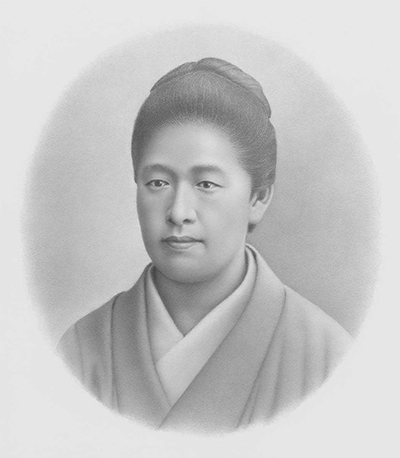
Umeko Tsuda(1864~1929)
Umeko Tsuda
(1864~1929)
Born in Tokyo. Japanese educator for female education. Founder of Joshi Eigaku Juku (now Tsuda University).(1864~1929)
She was the second daughter of Sen and Hatsuko Tsuda. Sen Tsuda served as an agricultural scientist at the end of the Edo era and an interpreter for the Tokugawa Shogunate. In 1871, she went to the United States with the Iwakura Mission as Japan’s first female exchange student at the age of 6. She stayed with Mr. and Mrs. Lanman near Georgetown in Washington, D.C., for about 11 years and returned to Japan at the age of 17. She was appointed as a professor at Peeresses’ School.
Umeko decided to study abroad again, hoping to establish her own school to improve the status of women. In 1889, she went to the United States again to major in biology at Bryn Mawr College. A treatise written by her during that time was published in a British academic journal, earning her the title of the “first Japanese woman whose paper was published in a Western academic journal.” She returned to Japan in 1892. After teaching at Peeresses’ School and Women’s Higher Normal School (now Ochanomizu University), she established Joshi Eigaku Juku in 1900. She devoted her life to improving the status of women and promoting women’s higher education.
This portrait is drawn referring to the photos of Umeko Tsuda in her 30s, the age at which she established Joshi Eigaku Juku (now Tsuda University) and the age at which she started her career as an educator.
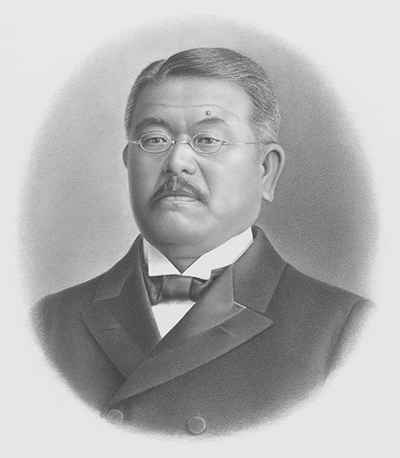
Shibasaburō Kitasato(1853~1931)
S hibasaburō Kitasato
(1853~1931)
Born in Oguni Town, Kumamoto Prefecture. Microbiologist and educator known as the “father of modern Japanese medicine.”(1853~1931)
He was the eldest son of a village headman in Kitazato Village, Oguni Township, Aso County, Higo Province (now Kitazato, Oguni Town, Aso County, Kumamoto Prefecture), and he studied Confucianism, including “Four Books and Five Classics,” in his early childhood. In 1871, he began his journey in medicine at the age of 18 under the Dutch army doctor Mansvelt at Furushiro Medical School and Hospital (now School of Medicine, Kumamoto University). He entered Tokyo Medical School (now Faculty of Medicine, University of Tokyo) in 1874. He decided to devote his life to preventive medicine while in school. After graduation, he worked at the Health Bureau of the Home Ministry.
He studied abroad at the University of Berlin in Germany as an apprentice of Koch in 1885. He was the first person in the world to culture tetanus bacillus in 1889, and he surprised the world by discovering the tetanus antitoxin in 1890. He also applied it to establish serum therapy. After returning to Japan in 1892, he established the Institute of Infectious Diseases. In 1894, he went to Hong Kong to investigate the cause of the plague and discovered the plague bacillus. Subsequently, he actively engaged in social activities, including the establishment of medical organizations and hospitals such as the Faculty of Medicine of Keio University and the Japan Medical Association.
This portrait was drawn with reference to photos in his 50s as they show him with style and dignity, established as a scholar, and full of work and fulfillment.

